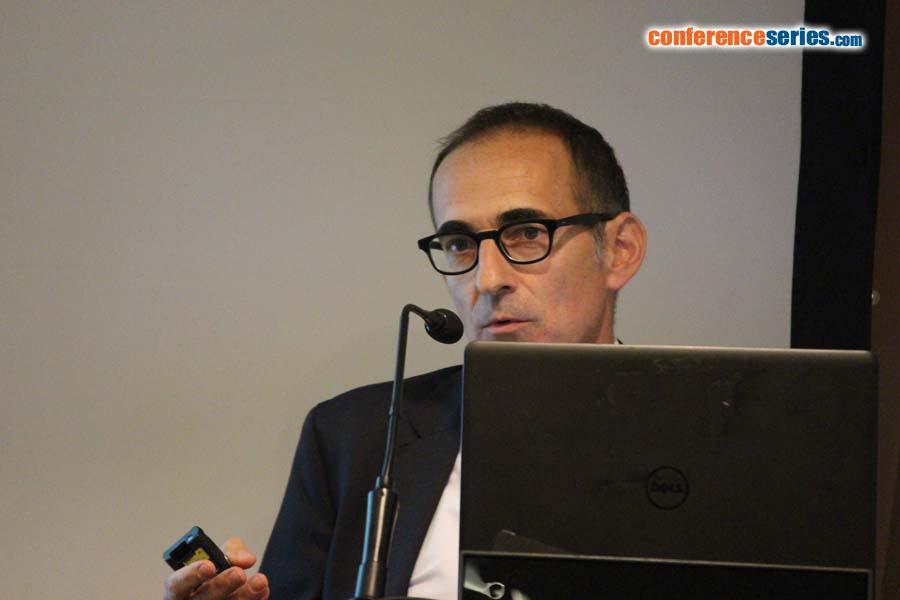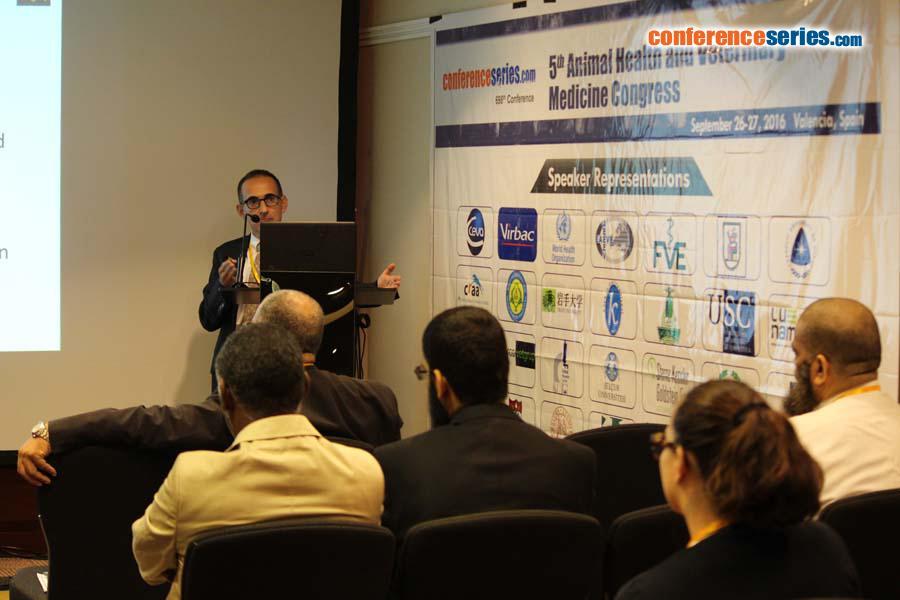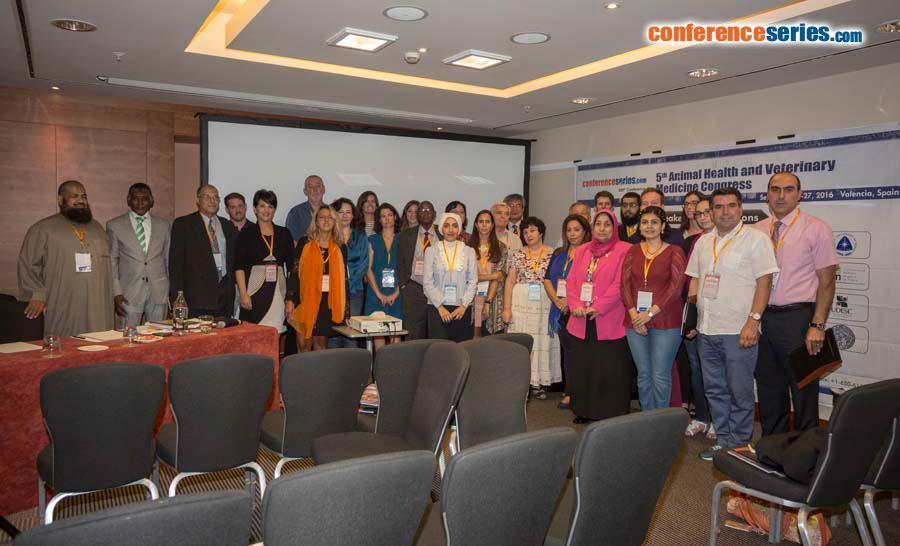
Enric Marco Granell
MARCO VETGRUP SL, Spain
Title: How our daily decisions as veterinarians influence antibiotic resistance
Biography
Biography: Enric Marco Granell
Abstract
Antimicrobial resistance is a growing problem amongst human and veterinary communities. The development of resistance is a normal evolutionary process for microorganisms, but the selection pressure created by the routine use of antibiotics accelerates it. This problem threatens the achievements of modern medicine, as the pipeline for the development of new antibacterial drugs is nearly empty. The overuse of antibiotics in livestock draws adverse publicity to the sector and it is stimulating major brands in the food and retail sectors to seek for antibiotic free products, creating the expectation that this is achievable. Limiting the use of antimicrobial drugs in human and veterinary practice can minimize development of resistance, but it is difficult to imagine our daily job as veterinarians without the help of antibiotics. Antibiotics have been used routinely since industrialization arrived to animal production. The consumption of antibiotics in livestock almost doubles the amount used by humans and this is why a new approach to controlling disease is needed. This new approach has to be based on prevention and this has to be understood in its broadest sense: Immunization against a specific pathogen when this is available: Vaccine use has to be promoted; External biosecurity to prevent the entrance of new disease: This includes physical measures like: fencing, loading bay, dead animal disposal, external supply of feed, etc., but also includes specific operation procedures: health origin of genes, down periods for visitors, transportation rules for animals, feed, other materials, etc. External biosecurity will enable farms to keep their original health status longer; internal biosecurity to prevent the spread of disease inside the farm. Commonly known as hygienic procedures, these include: cleaning and disinfection of rooms and water lines, use of specific material for specific rooms or areas, specific management protocols: all in-all out procedures when changing the location of the animals, reduce mixing of animals (commingling pigs of different ages can result in exacerbation of disease), acclimatization of new incoming animals, no needle sharing, etc.; Proper management of the pigs can assist prevention: Correct stocking densities, feed and water availability and keeping them free from fear; Proper housing: The type of housing will be determined by the external weather conditions in a particular place, but housing has to be good enough to provide the animals the specific conditions required for each particular age. Wrong environmental conditions can act as a trigger factor for diseases. Wrong floor types can have a direct influence on injuries and cleanliness; Nutrition: Diets have to be formulated according to the specific needs avoiding any excess or deficiency, which can result in disease; Genetics: Different lines have different sensibilities to disease. Certain lines are probably not suitable for certain conditions, by making the right choice disease will be prevented; and monitoring herd health will be essential to develop proper vaccination programs or to improve existing ones. Continuous health monitoring can help us to anticipate certain problems allowing a prompt response. Prevention is always better than cure. Veterinarians should promote herd health surveillance programs. These programs have to include all the points mentioned above.




